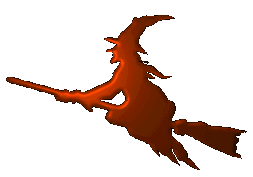
|
Hex
scattering database
|
Hex-dwba
This program computes the T-matrix from the first second order of the
distorted wave Born approximation. The distorted wave Born approximation
of the first order (DWBA-1) is similar to the well-known plane wave
Born approximation. However, to speed up the convergence of the Born series
(of which we are using just a single term in the first-order computation),
part of the potential is excluded from the perurbative description and
solved precisely. The spliting is the following
\[
V = W + U \,
\]
where \(V\) is the full potential felt by the projectile, \(U\) is
the so called "distorting potential" that will be solved precisely as
mentioned above and explained below. This splitting has two consequences:
First of all, the free states are no longer free, so we cannot use
the plane waves. Instead, one receives a distorted waves as a solution
of the modified equation for partial waves
\[
\left(
-\frac{1}{2}\frac{\mathrm{d}^2}{\mathrm{d}r^2}
+\frac{\ell(\ell+1)}{2r^2}
+U(r)
\right)\chi_{k\ell}(r) = E_{k}\chi_{k\ell}(r) \ .
\]
Secondly, the T-matrix receives two contributions now -- one from the
scattering term and one as a correction due to the redefinition of the
potentials. The result is the two-potential formula
\[
T = (N+1) \left<\chi_f^{(-)}\psi_f\right|V-U_f\left|\mathcal{A}\Psi_i^{(+)}\right>
+ \left<\chi_f^{(-)}\psi_f\right|U_f\left|\psi_i\beta_i\right> \ .
\]
For details see the Doxygen documentation.
External links